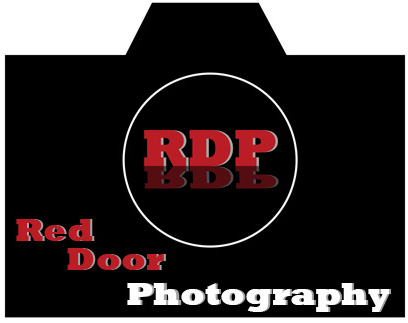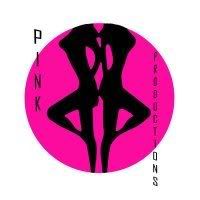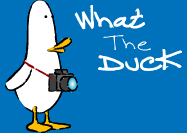
Good morning everyone, It's 5:06AM and I've been up and at it since 2:30AM. Many of you know that I'm an Electrical Engineer full time during the day, and since we have a holiday this week we have to get certain things done by Wednesday so I'm here early. Anyway, that's not why you read JLykinsphotos blog so lets get to it. Today I want to talk about hot shoe mounted flash units, or speed lights as they're sometimes referred to. Basically this is any flash that is mounted on the hot shoe of your camera, which for those who don't know is the little metal piece on top of the camera that has tiny contact points to connect the flash with the camera. They come in many sizes and shapes, but since I shoot Nikon I will be talking mostly about them because they are what I know the most about.
What are the advantages of a speed light? Well there are many. First they are larger, more powerful flashes than the pop up flash that comes standard on most consumer level cameras these days. This matters because the more powerful your flash, the more area you can illuminate with it. This is especially important when trying to light a group of people, or a single person at a distance of more than 5 or 10 feet. These flashes are rated by Guide number. The guide number is essentially a distance rating. There is a mathematical formula to convert the guide number into feet of illumination, and it states f-number = GN / Distance. I know this may seem like Greek to some of you so let me break it down a little bit. lets say that your flash has a Guide Number (GN) of 98feet at ISO100 (like the SB600 flash pictured above). To determine your proper fstop you would need to determine how far away you wanted to illuminate. For our example lets say 28 feet. You would take 98/28 which would leave you with 3.5. This would be your aperture setting. You can find more information here if you want to read more about Guide numbers. Just remember that they are more powerful than your on camera flash, and can illuminate more.
The second reason you want to get a speedlight is redeye. Because the flash source is elevated above the lens, you virtually eliminate red eye. No more retouching in photoshop! This may not seem like a big deal, but on average I shoot close to 1500 photos at a wedding. If I have to go into each individual photo and fix red eye, it eats up valuable time that could be spent doing "special" enhancements to photos to sell more. Trust me on this, it's a life saver.
The third and probably the most important reason (closely followed by #1) is the ability to turn the head of the flash to "bounce" the light off of the ceiling or wall. Direct flash sucks. It is way too harsh, and produces blown out features. When you turn your flash unit at a ceiling or wall you turn that surface into a huge softbox that will produce soft beautiful light to illuminate your subject. The difference can be tremendous. You will be amazed at the difference it makes. I will be showing these techniques at our upcoming workshop, but more on that later. Remember that whatever color the surface you are bouncing the light off will be the color that falls on your subject. Try to bounce off of white when possible, because it provides the softest, most realistic light. That's not to say that you can't get some wonderful color casts off of say a red or orange wall. You need to play around with it and see what works best for you. Listen that's it for me for the moment. Check back later for some more info on the upcoming workshops. Have a good day! Jason






No comments:
Post a Comment